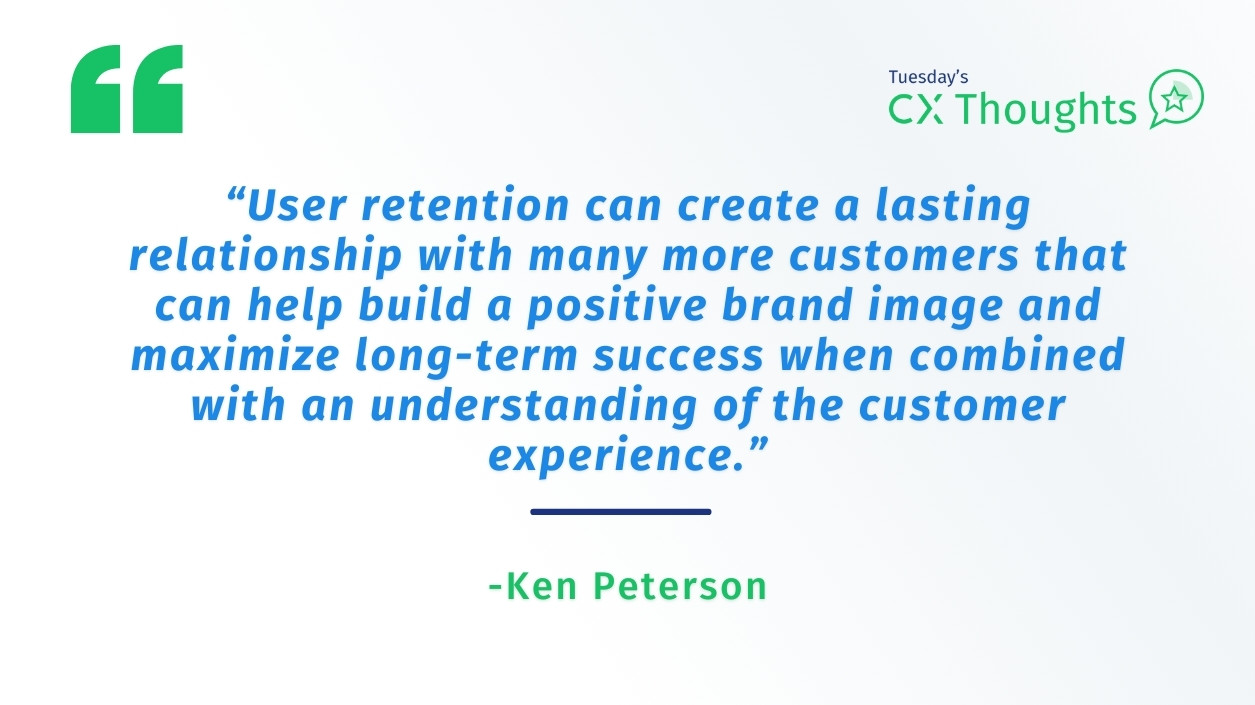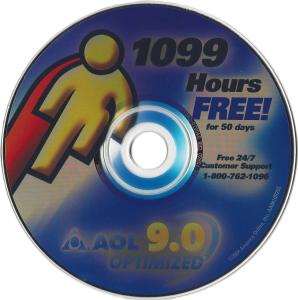
Happy Tuesday! Short on time for our CXThoughts today?
Join us for a quick video summary with Ken Peterson! 👇
A Journey into Internet Nostalgia
If you ever want to feel old, just go to the Internet Archive Wayback Machine. I went to my university website for the oldest documented version, which was dated December 24, 1996. Just a few months after I graduated. It almost looked like the first web page that I ever scripted – functional but without any design. To view it, however, it recommends Netscape 1.1 or newer.
This was certainly the early days of the internet, yet it started many years before that. I remember dialing my first BBS server (look that one up if you are interested in pre-graphics internet), the early version of which pre-date my birth (yes, that old if it is older than me). Mass access started with companies like Compuserve and AOL (actually an abbreviation for America OnLine) – and they used to send out CD-ROMs (abbreviation for “Compact Disc – Read-Only Memory” for those too young to know), that offered “free” access to dial-up internet (another history lesson need for anyone born after 2000 for that one).

Just about everyone in that era with a computer probably remembers that CD-ROM. Many of us tried to game the system to keep getting free hours, not realizing the value of a permanent email address. While both of these companies had been around for quite some time serving different needs, it was in 1989 that email addresses were issued through Compuserve. That year, they had 380,000 users. Despite AOL having a later start, just a few years later, in 1996, it was estimated that half the households connecting to the internet were connecting through AOL, with AOL eventually purchasing Compuserve and its users.
During this time, stories emerged about the difficulty of canceling an AOL account. We had one individual complaining that it took 45 minutes to close their account – with so many other similar stories. Though not unique to AOL, these stories stirred questions like “Why do they work so hard to keep a customer that isn’t happy?” I had one internet service provider ask me to retain their email address even though I could no longer procure their services in my new location. Why did they want to retain me as an email user even though I could no longer make a purchase from them?
Why is user retention important?
For a time, many just assumed it was a “measuring stick” against competition – that no matter the profitability of a given customer, there was a certain amount of ego associated with high user counts. However, beyond the obvious reasoning that keeping a customer brings revenue, user retention is critical for business success for may reasons:
- New Customer versus Retained Customer: While the statistics can be disputed, most would agree that it is more expensive to win over a new customer than it is to retain an existing customer. This is at the core of customer experience strategy. At times, it is acceptable to fire a customer, but in most cases, we want to keep the customers we have, even if they are just break-even customers.
- Operational Predictability: I come from an operational background. One thing that is certain is that the more overall revenue retention, the better you can maintain your infrastructure to satisfy customers. Sure, it is easy to make a customer happy if you have only one of them, but you may not have the necessary revenue to support them – let alone additional customers. Even in a space where there might not be revenue directly attributable to a customer – like a free email address – there are other benefits.
- Customer Innovators: In the software industry, innovation is key to winning new customers. Even if they are not profitable, long-term users can provide invaluable feedback on your software or service provided to them. It is the core behind our QuestionPro NPS+ question type and our Community software-based Customer Advisory Boards that allow customers to look at other customers’ ideas, vote on them, and potentially enhance them.
- Brand Loyalty: I’m not a fan of loyalty for the sake of loyalty. We should not measure loyalty just to compare ourselves to others. However, retaining a user can create brand loyalty – which can result in a higher likelihood of that customer recommending the product or service to another customer, but could also contribute to potential organic growth. Just like my prior ISP, if they ever offered service in my area, I would be loyal enough to become a paying customer.
- Lifetime Value: For any paying customer, even if they are not profitable, their lifetime value continues to grow. This can become more important if a company can find a way to become more efficient and serve those break-even customers at a slight profit and eventually a higher profit.
- Competitive Comparisons: As I mentioned before in Brand Loyalty, I am not a fan of the purpose of being a measuring stick, but when combined with these other initiatives, having loyal customers can create a marketing advantage in a highly competitive space. Especially when the investment in making a change is large (for the brand or their customer).
- Cross-Sell/Upsell: This is one of the overall biggest benefits of measuring Customer Experience – finding opportunities with your own customers. By simply asking, you may discover a need with your customers that can already be accommodated by what you are offering, but they just do not know your offer well enough to ask simply. Even for a customer who spends nothing, the cross-sell and upsell opportunities are the most efficient way to increase revenue.
- Personalization: The more longitudinal data you have on your customers, the better you can personalize your offer to existing customers or new customers. Even if that retained customer has no chance of becoming more profitable or an increased Customer Lifetime Value, by better understanding their preferences and behaviors, you can improve overall customer satisfaction with similar segments and grow their business.
Over this past weekend, there was news of the first “streaming only” playoff game – in fact, the streaming network paid over one hundred million dollars for the right to stream just one game exclusively.
At a price of $5.99 a month for the streaming customers, the company would need almost seventeen million subscribers per month just to break even. They are not planning to get seventeen million subscribers in just one month; the goal would be to get a little more than a million subscribers to retain their subscription for twelve months or more – to get them hooked on the product and continue to retain them.
User retention is not just about retaining subscribers or somehow getting more profit from those that have never shown profitability – but it can create a lasting relationship with many more customers who can help build a positive brand image and maximize long-term success when combined with an understanding of the customer experience.
Is there something wrong with your customer experience?
When you complete an honest assessment, the outcome can be beneficial, particularly when it comes to your Customer Experience program. Take five minutes and complete an audit for your organization here.
You may discover a gap in measurement, an opportunity to improve a process, the place where an organizational shift needs to take place, or an opportunity to win a greater share of your customers’ wallets.
We all want that bigger “return”. In this situation, the worst case scenario is that you’ll get some information that will help your organization since there is no cost or obligation in completing this audit.









